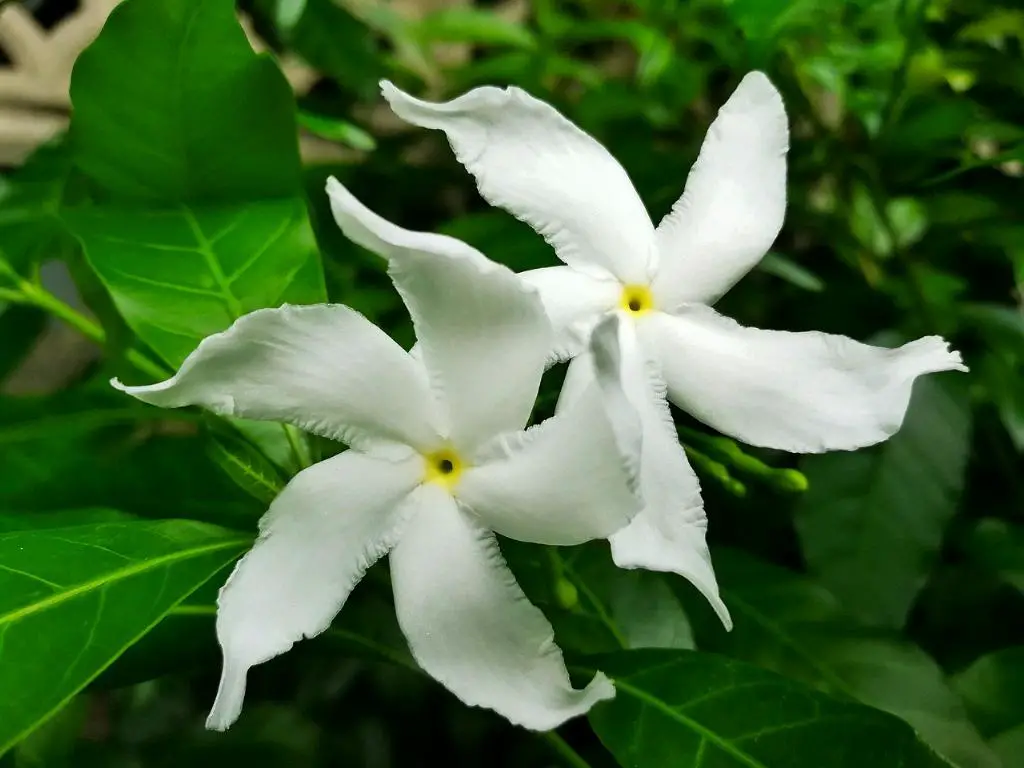Gardenias, with their lush, creamy petals and intoxicating fragrance, can turn any garden into a slice of paradise. However, achieving those perfect blooms takes a bit more than just planting and hoping for the best. Let’s dive deep into how you can cultivate gardenias that become the envy of the neighborhood!
Choosing the Right Spot for Your Gardenias: Light, Location, and Layout
Selecting the ideal spot for your gardenias isn’t just about beauty; it’s about providing the essentials—light, location, and a great layout. Gardenias thrive in bright, indirect light, so a spot that catches the morning sun yet stays shielded during the harsh afternoon rays is perfect. You’ll want to avoid north-facing sites, as these are often too dark. Location-wise, consider the microclimate of your garden. Gardenias love a protected area away from strong winds that can dry them out and batter their delicate blooms. For layout, make sure your gardenias have enough space to grow without competition from other plants; they don’t like to share their nutrients and water!
Soil and Potting Must-Haves for Thriving Gardenias
The foundation of any thriving garden plant is its soil, and gardenias have specific needs in this area. They flourish in well-draining, acidic soil with a pH between 5.0 and 6.0. Achieving this might mean modifying your garden soil or opting for a quality, acidic potting mix specifically designed for acid-loving plants. Ensure the soil is rich in organic matter, like peat moss or compost, which helps retain moisture and nutrients. If you’re growing gardenias in pots, choose containers with ample drainage holes to prevent water from sitting at the roots, which could spell disaster for these sensitive plants.
Watering Your Gardenias: Techniques and Tips for Perfect Moisture Balance
Getting watering right with gardenias is a fine balancing act. They love to stay moist, but despise waterlogged roots. Aim to keep the soil consistently damp, but not soggy. During dry spells, watering your gardenias deeply once a week is a good rule of thumb. It’s best to water them in the morning to allow any excess moisture on the leaves to dry off during the day, which helps prevent fungal diseases. If you’re unsure, feel the soil a few inches deep; if it feels dry, it’s time to water.
Mastering Temperature and Humidity for Luxurious Gardenia Blooms
Gardenias are a bit Goldilocks when it comes to their preference for temperature and humidity—they like it just right. Ideal temperatures for gardenias are between 65 and 75 degrees Fahrenheit during the day and slightly cooler at night. They also flourish in high humidity, so if you’re growing them indoors, a humidifier or a regular misting can help meet their needs. Avoid placing them near air conditioning or heating vents, as these can create dry conditions that gardenias disdain.
Fertilizing Fundamentals: Boosting Your Gardenia’s Growth and Flowers
To keep your gardenias in tip-top shape, they’ll need more than just sunlight and water. During the growing season, feeding your gardenias with a fertilizer high in nitrogen can promote lush, green growth, while phosphorus will help encourage those spectacular, fragrant blooms. Opt for a fertilizer designed for acid-loving plants and follow the package instructions carefully. Over-fertilizing can be as harmful as not fertilizing at all, leading to salt build-ups that can damage the roots.
Pruning Gardenias: Shaping Beauty, Enhancing Health
Pruning isn’t just about aesthetics; it’s essential for the health of your gardenias. Prune in early spring to shape the plant and remove any dead or fading blooms to encourage new growth. This not only helps your gardenia look great but improves air circulation through the plant, which can reduce the risk of disease. Remember, gardenias bloom on new wood, so careful pruning can lead to more blooms in the next season.
Pest Control: Natural Methods to Keep Your Gardenias Trouble-Free
Pests can be a real thorn in the side of any gardener, and gardenias are no exception. Keep an eye out for common pests like aphids, mealybugs, and spider mites. These can usually be managed with natural methods like neem oil or insecticidal soap. Regular inspections of your gardenias are key—catching pests early can prevent them from becoming a larger problem.
Troubleshooting Common Gardenia Issues: Yellow Leaves, Dropping Buds, and More
If you notice yellow leaves, this could be a sign of water stress (either too much or too little), poor soil drainage, or nutrient deficiencies. Dropping buds might be caused by a sudden change in temperature or humidity. Getting to know your plant and its environment helps you troubleshoot these issues quickly.
Seasonal Gardenia Care: What to Do in Spring, Summer, Fall, and Winter
Each season brings new needs for gardenias. Spring is the time for pruning and feeding, gearing up for the blooming season. Summer requires diligent watering and pest control. In fall, reduce watering and prepare your gardenias for the cooler weather by mulching to keep roots warm. Winter care depends on your climate; in colder areas, you might need to bring potted gardenias indoors or provide protection for garden plants from frost.
Creative Ideas for Displaying Gardenias Indoors and Outdoors
Whether indoors or out, gardenias can be a stunning addition to your space. Indoors, place them in well-lit bathrooms or kitchens where humidity tends to be higher. Outdoors, consider using gardenias as hedge plants or in raised beds where their fragrance can be enjoyed. For a truly spectacular display, train gardenias as a small tree on a sturdy trellis, creating a living piece of art that smells as heavenly as it looks.

